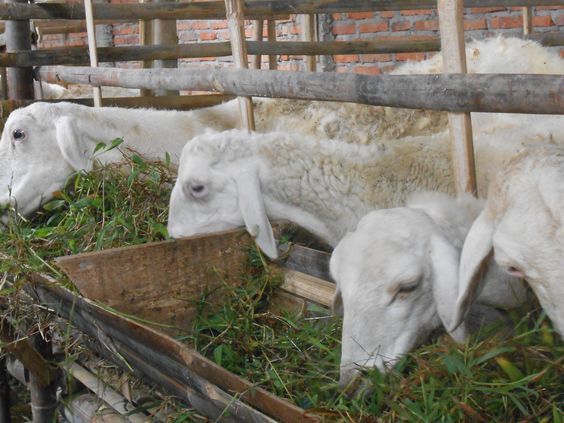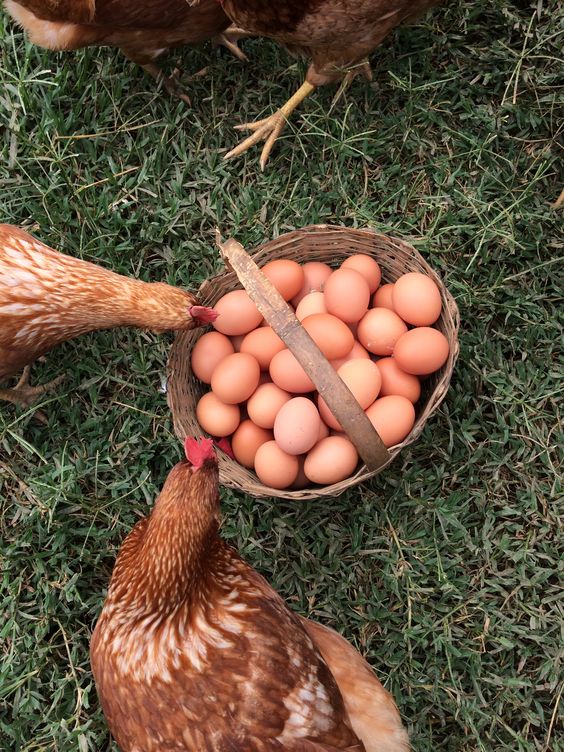Essential Farm Maintenance Techniques: Keeping Your Operation Running Smoothly
Farm Maintenance Techniques,A successful farm relies on more than just planting seeds and raising livestock. Just like any complex system, a farm requires consistent maintenance to ensure everything functions efficiently and effectively. From keeping your equipment in top shape to maintaining healthy soil and infrastructure, farm maintenance techniques are crucial for maximizing productivity and minimizing downtime.
This guide dives deep into various farm maintenance techniques, covering essential practices for:
- Equipment Maintenance: Tractors, planters, harvesters – these are the workhorses of your farm. Proper care extends their lifespan, prevents costly breakdowns during critical seasons, and optimizes performance.
- Land and Soil Maintenance: Healthy soil is the foundation of a thriving farm. Learn techniques to maintain soil fertility, prevent erosion, and promote optimal growing conditions.
- Facilities and Infrastructure Maintenance: Fences, barns, irrigation systems – all these elements contribute to a farm’s functionality. Regular upkeep ensures their continued reliability and safety.
Equipment Maintenance: Keeping Your Farm Fleet Running Strong
Your farm equipment is an investment, and proper maintenance goes a long way in protecting that investment. Here are key strategies for keeping your machinery in top shape:
-
Follow Manufacturer Recommendations: Every piece of equipment comes with a user manual outlining specific maintenance schedules. These schedules detail recommended intervals for oil changes, filter replacements, and other essential services. Sticking to these guidelines ensures your equipment receives the care it needs.
-
Develop a Preventative Maintenance Plan: Don’t wait for a breakdown to address equipment issues. Create a preventative maintenance plan that outlines regular inspections and servicing tasks for each machine. This plan can be tailored to the specific equipment and its usage patterns.
-
Lubrication is Key: Friction is the enemy of machinery. Regularly lubricating moving parts with the recommended lubricants reduces wear and tear, extending equipment life and optimizing performance. Pay close attention to areas like bearings, axles, and hydraulic components.
-
Inspect Regularly: Schedule regular inspections to identify potential problems before they escalate into major breakdowns. Look for signs of wear and tear, leaks, loose connections, and any unusual noises. Addressing these issues promptly can save you significant time and money in the long run.
-
Keep it Clean: A dirty tractor or harvester is more prone to problems. Regularly clean your equipment to remove dirt, debris, and crop residue. This allows for easier inspection, prevents corrosion, and ensures optimal functionality.
-
Proper Storage: When equipment is not in use, proper storage protects it from the elements and potential damage. Store machinery in a clean, dry, and well-ventilated area. Consider covering sensitive equipment during periods of inactivity.
-
Operator Training: Ensuring your operators are properly trained on using and maintaining your equipment is crucial. Proper operation techniques minimize wear and tear, while basic maintenance knowledge allows operators to identify and address minor issues before they become major problems.
-
Record Keeping Farm Maintenance Techniques: Maintain detailed records of all maintenance activities performed on each piece of equipment. This includes oil changes, filter replacements, repairs, and any other relevant work. These records provide valuable insights into equipment health and help you plan future maintenance needs.
Land and Soil Maintenance: Nourishing the Foundation of Your Farm Maintenance Techniques
Healthy soil is the lifeblood of any farm. Here’s how to maintain and improve your soil quality for optimal crop production:
-
Crop Rotation Farm Maintenance Techniques: Planting the same crops year after year depletes essential nutrients from the soil. Regularly rotate crops to maintain a healthy balance of nutrients and prevent soil-borne diseases.
-
Cover Crops Farm Maintenance Techniques: Planting cover crops during fallow periods helps improve soil health in several ways. They fix nitrogen in the soil, suppress weeds, and improve soil structure. These benefits contribute to better moisture retention and nutrient availability for your main crops.
-
Composting Farm Maintenance Techniques: Composting organic matter like manure, plant residues, and food scraps creates nutrient-rich compost that can be used to amend your soil. This is a sustainable and cost-effective way to improve soil fertility and promote healthy microbial activity.
-
Soil Testing Farm Maintenance Techniques: Regularly testing your soil provides valuable insights into its nutrient levels and pH. This information helps you tailor your fertilization practices to address specific deficiencies and ensure your crops receive the nutrients they need to thrive.
-
Minimizing Tillage Farm Maintenance Techniques: Excessive tillage can damage soil structure and reduce organic matter. Consider reduced tillage practices or no-till farming where feasible. This helps maintain soil health, improve water infiltration, and promote beneficial soil life.
-
Erosion Control Farm Maintenance Techniques: Soil erosion is a major threat to agricultural productivity. Implement erosion control practices like contour plowing, creating terraces, and planting windbreaks to minimize soil loss and maintain healthy soil profiles.






